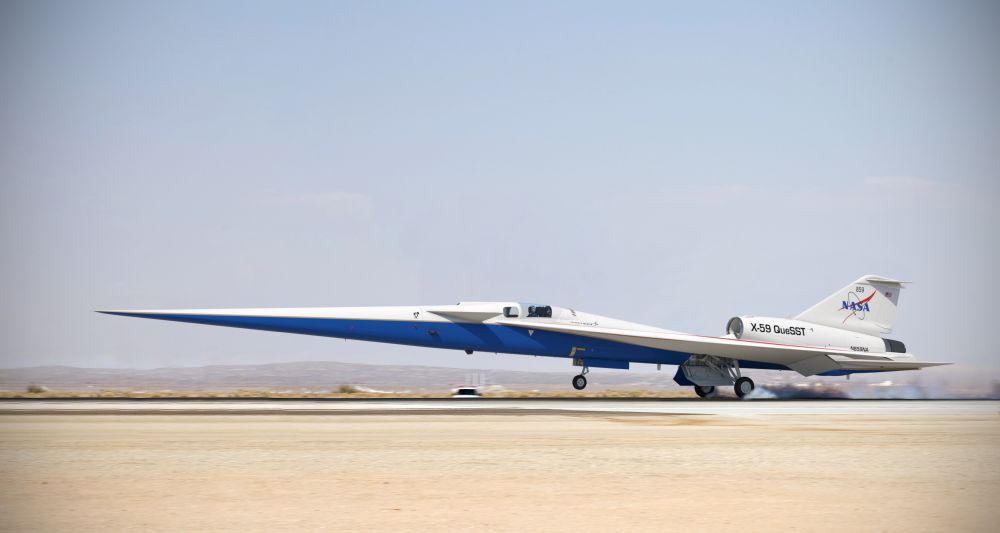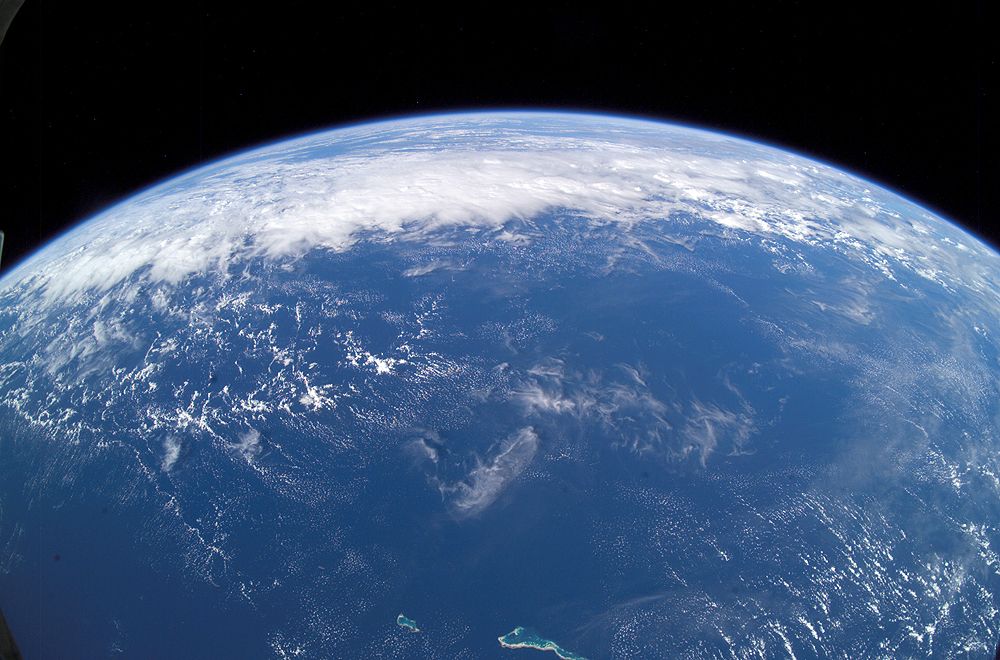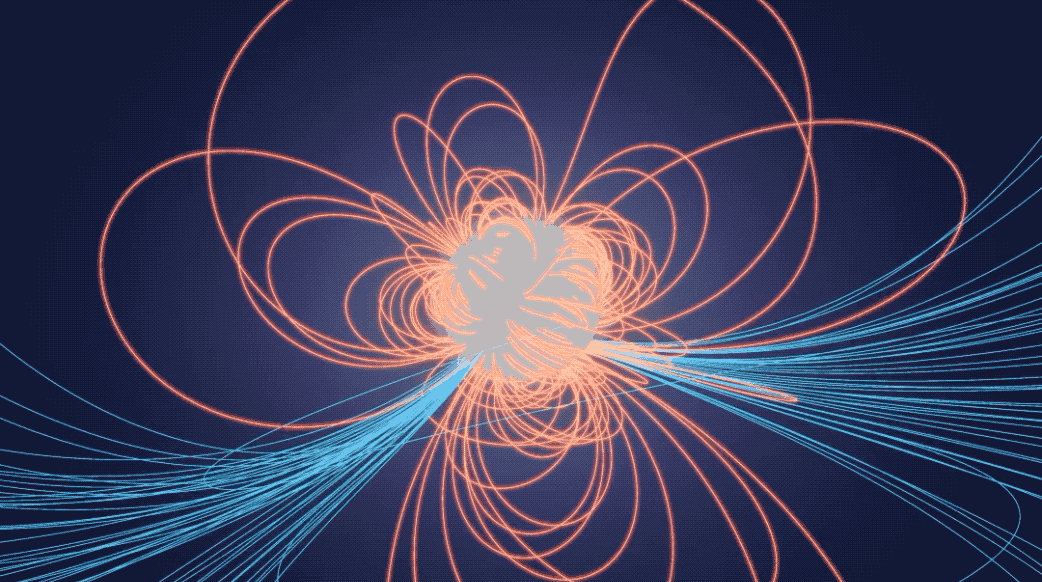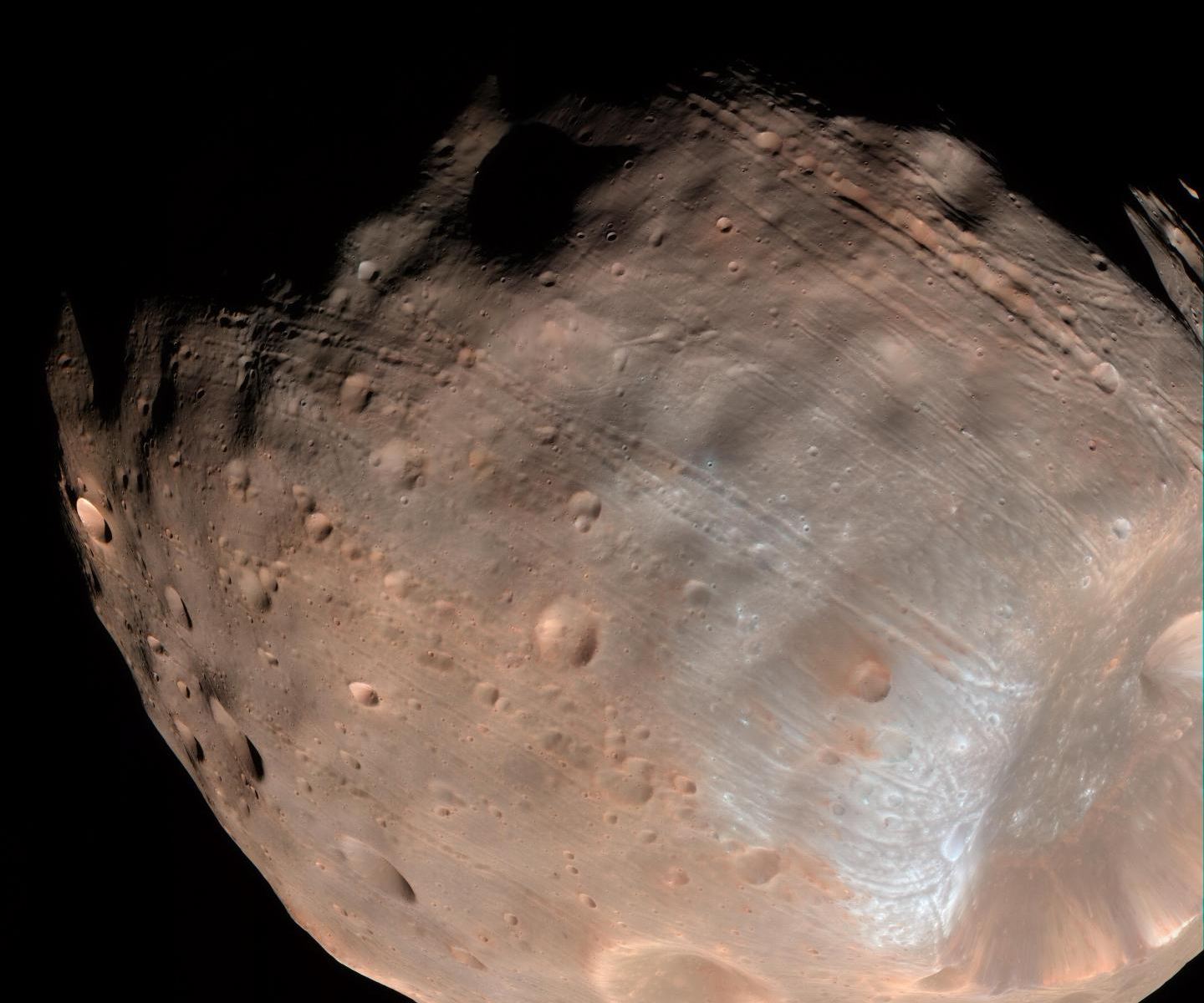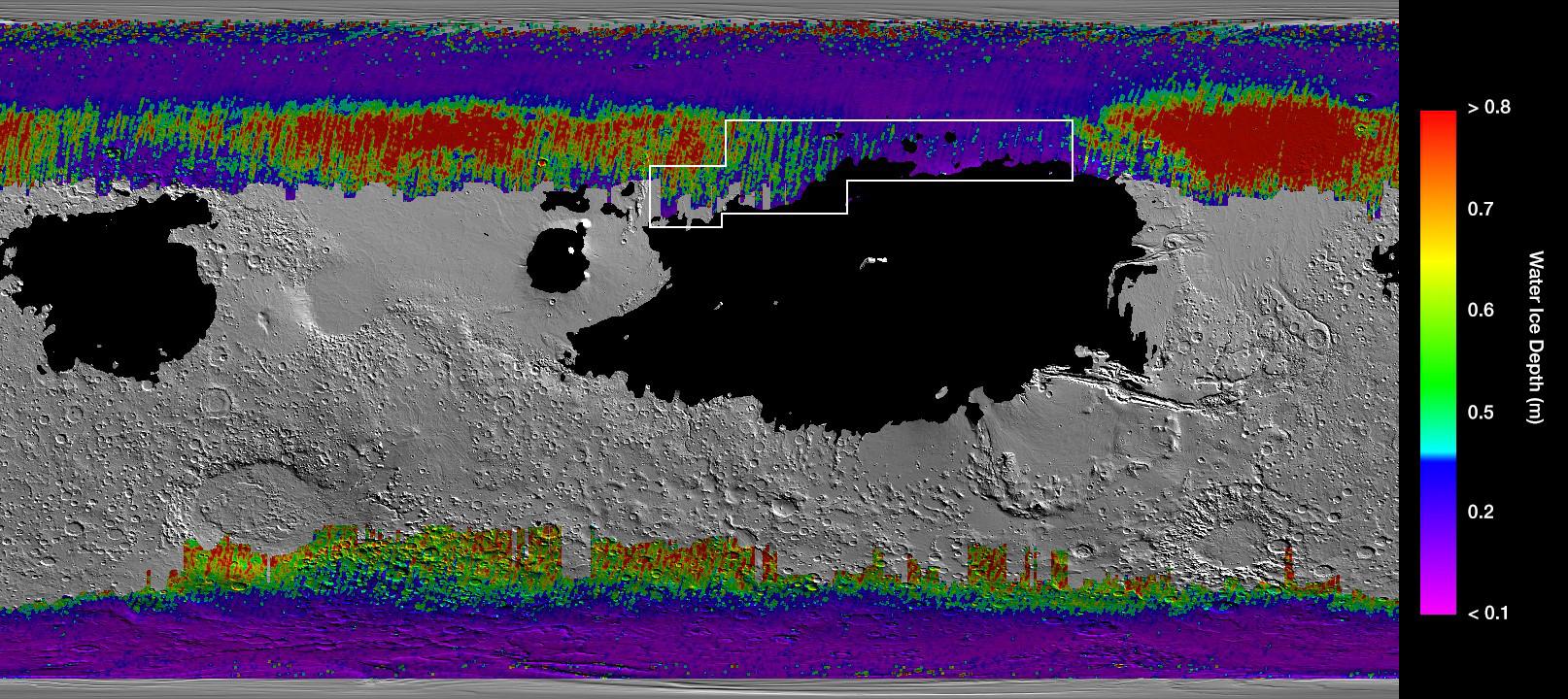Check out this image of the Canadian Space Agency’s (CSA) Canadarm2 on the International Space Station. The CSA’s Dextre is attached to one end of the arm. The Canadarm2 played a vital role in assembling the ISS, while Dextre helps maintain the ISS, freeing astronauts from routine yet dangerous spacewalks, and allowing them to focus on science.
Continue reading “Cool Photo of Canadarm2 With its Dextre Hand. Oh and the Earth. That’s Nice Too.”Cool Photo of Canadarm2 With its Dextre Hand. Oh and the Earth. That’s Nice Too.


